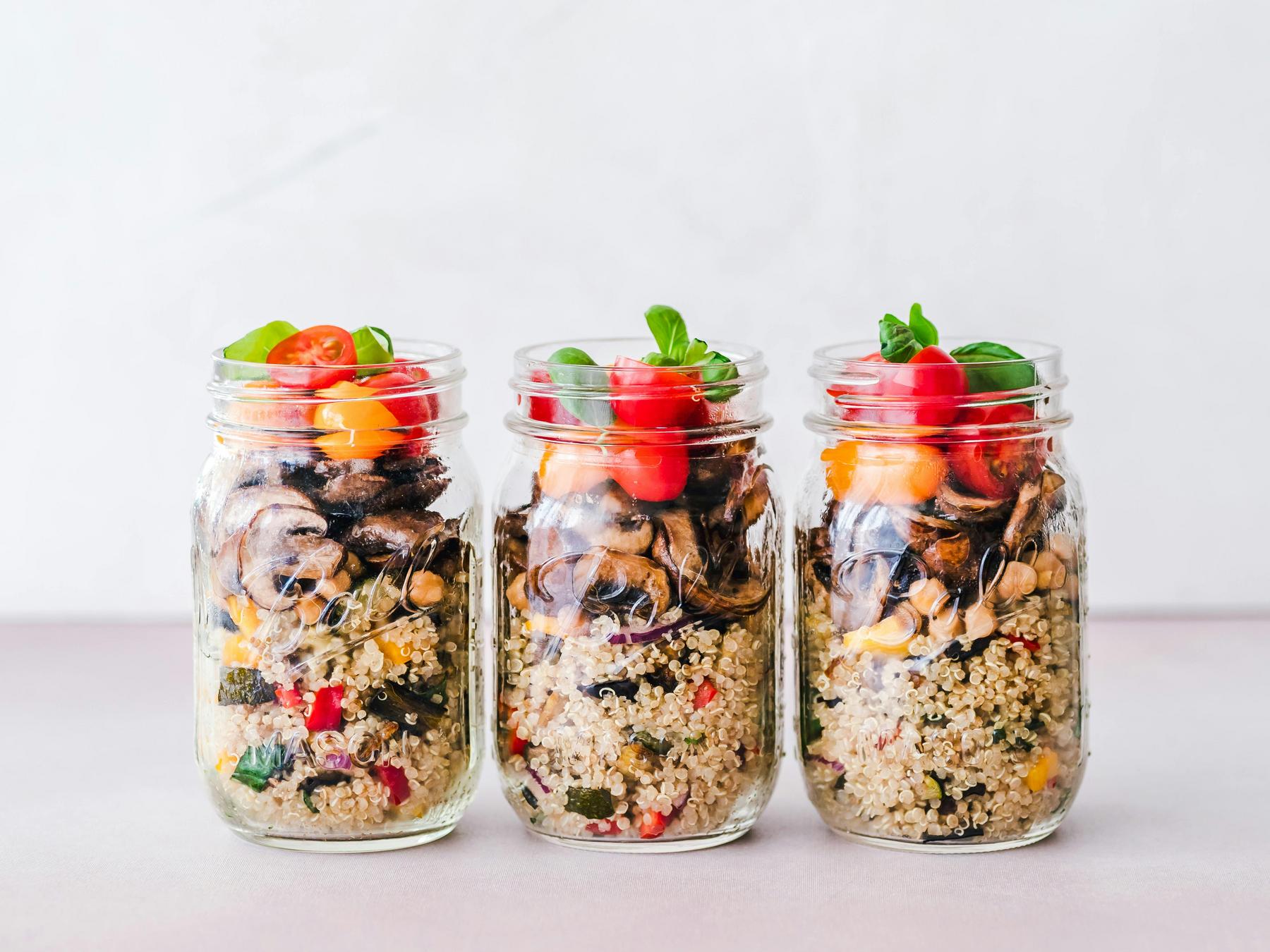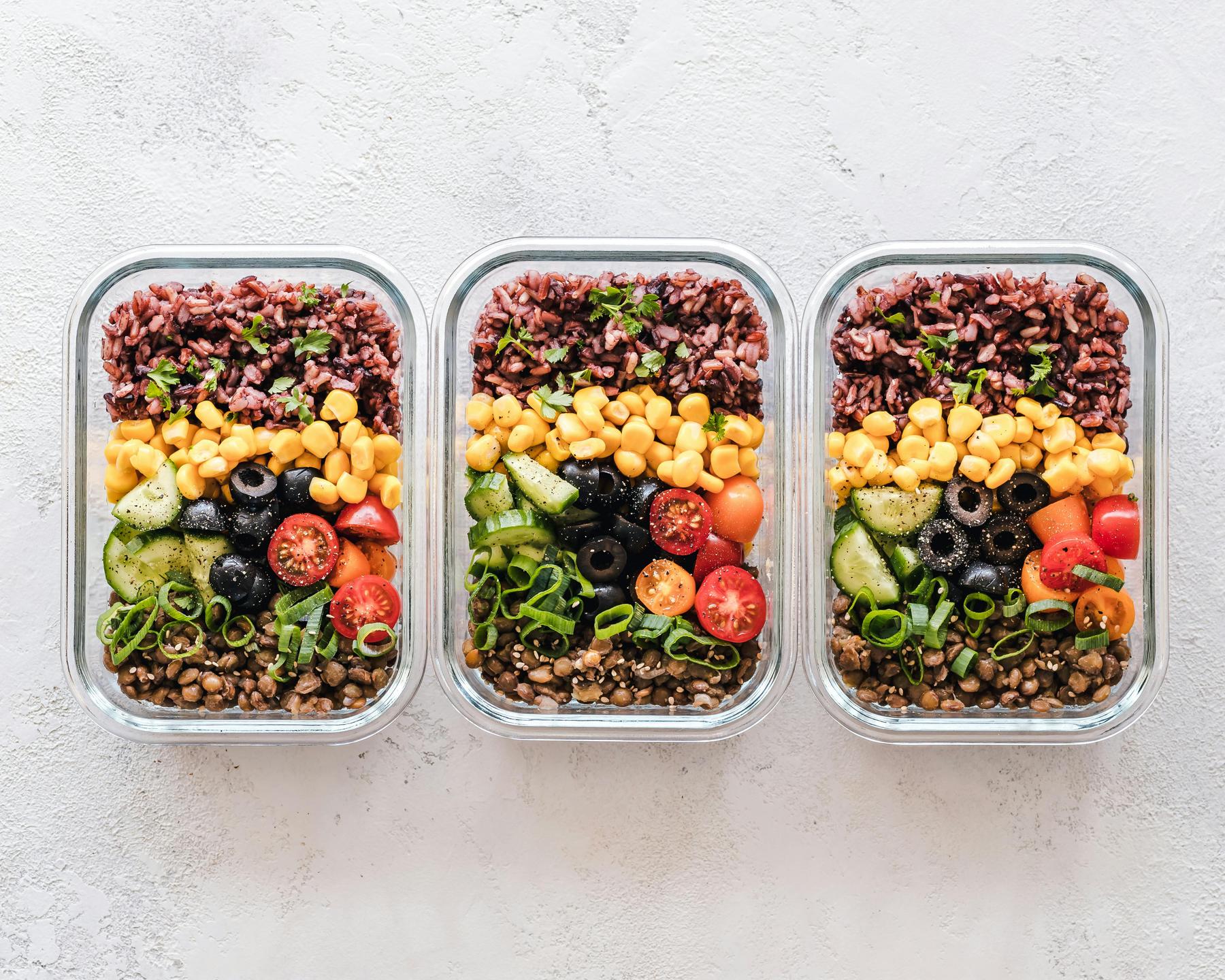In Australia’s supermarket aisles, we’re confronted with an overwhelming array of food choices and clever marketing tactics. Nutrition labels serve as our compass for navigating these decisions, yet many of us glance at them without truly understanding what we’re seeing. With 67% of Australian adults classified as overweight or obese, decoding these labels isn’t just about curiosity—it’s about making informed choices that directly impact our health. This comprehensive guide breaks down the complex world of Australian nutrition labels, equipping you with the knowledge to move beyond marketing claims and make genuinely healthier choices.
What Information Must Australian Nutrition Labels Include?
Australian food labels follow specific regulations set by Food Standards Australia New Zealand (FSANZ) to ensure consistency and transparency. Every packaged food product must include a Nutrition Information Panel (NIP) that displays seven core nutrients:
- Energy (kilojoules)
- Protein (grams)
- Total fat (grams)
- Saturated fat (grams)
- Carbohydrates (grams)
- Sugars (grams)
- Sodium (milligrams)
These nutrients must be listed per 100g/mL and per serving, allowing for standardized comparison between products. Additional nutrients like dietary fibre or calcium only need to be included if the product makes a specific health claim about them. For example, a cereal claiming to be “high in fibre” must quantify the dietary fibre content in its NIP.
It’s worth noting that while manufacturers determine serving sizes, FSANZ guidelines require these to reflect “typical consumption patterns.” Research shows this isn’t always the case—a 2024 analysis revealed that 78% of snack foods list serving sizes 30-50% smaller than actual consumption averages, potentially misleading consumers about their intake.
| Nutrient | What It Tells You | Healthier Choice Guideline |
|---|---|---|
| Energy (kJ) | Total energy content | Lower is generally better for weight management |
| Protein (g) | Muscle-building, satiety | Higher amounts (>10g/serve) support fullness |
| Total Fat (g) | Overall fat content | Moderate amounts, focus on type rather than total |
| Saturated Fat (g) | Less healthy fats | Less than 3g per 100g is ideal |
| Carbohydrates (g) | Energy-providing macronutrient | Consider in context of fibre content |
| Sugars (g) | Includes both natural and added sugars | Less than 10g per 100g for processed foods |
| Sodium (mg) | Salt content | Less than 400mg per 100g is considered low |
How Do You Interpret the Numbers on Nutrition Labels?
Understanding the numbers on nutrition labels requires more than just reading—it requires interpretation frameworks that translate raw data into actionable insights.
The Per 100g Column vs. Per Serve Column
The “per 100g” column is your best friend for product comparisons, as it standardizes nutrients across different foods regardless of serving size. For instance, when comparing two breakfast cereals with different recommended serving sizes (30g vs. 45g), the per 100g column allows for an apples-to-apples comparison of nutrient density.
The “per serve” column, while seemingly more practical, can be misleading due to manufacturer-determined serving sizes that often underestimate typical consumption. For accurate portion control, it’s advisable to weigh foods occasionally to calibrate your perception of what constitutes a standard serve.
Nutrient Thresholds: The 5/20 Rule
While not mandatory in Australia, the Percentage Daily Value (%DV) appears voluntarily on many products and follows a helpful guideline known as the 5/20 rule:
- 5% DV or less is considered low (ideal for saturated fat, sodium, and sugars)
- 20% DV or more is considered high (beneficial for fibre, protein, and certain vitamins)
For example, a ready meal containing 1200mg of sodium (representing over 50% of the daily recommendation) would significantly exceed the Australian Heart Foundation’s recommendation of less than 400mg per serve, flagging it as a high-risk choice for blood pressure management.
Energy Density vs. Nutrient Density
A critical skill in label reading is distinguishing between energy density (kilojoules per gram) and nutrient density (beneficial nutrients per kilojoule). Foods with high energy density but low nutrient density—such as biscuits, chips, and many ultra-processed items—provide substantial calories with minimal nutritional benefit.
The calculation is straightforward:
Energy Density (kJ/g) = Total kilojoules per package ÷ Net weight (g)
Foods above 10kJ/g should trigger caution, while those below 4kJ/g (typically vegetables, fruits, and lean proteins) generally allow for more satisfying portion sizes with fewer calories.
What Do Ingredient Lists Really Tell You?
The ingredient list provides crucial context that the Nutrition Information Panel alone cannot convey, revealing processing methods, additives, and quality indicators.
Order of Ingredients Matters
Australian regulations require ingredients to be listed in descending order by weight, making the first three ingredients particularly revealing. For example, a “whole grain” bread with enriched white flour listed first actually contains more refined flour than whole grains.
The position of sugar-related ingredients (which may appear under multiple names like sucrose, glucose syrup, fruit juice concentrate, or honey) can disguise total sugar content. Multiple sugar sources appearing throughout the list may indicate a product higher in added sugars than the NIP initially suggests.
Understanding Percentage Labeling
“Characterizing ingredients”—those highlighted in product names or marketing—must declare their percentage. This helps identify potentially misleading claims. A “Blueberry Yogurt” listing “blueberries (2%)” reveals that the prominent blueberry imagery on packaging represents a minor ingredient, with most flavour likely coming from additives.
Spotting Ultra-Processing Indicators
The ingredient list offers clues about processing levels that nutrition panels don’t capture. Ingredients you wouldn’t find in a home kitchen (emulsifiers, stabilizers, flavour enhancers) suggest a highly processed food. Numbers in the 100-199 range indicate colours, while 200-299 identify preservatives—both hallmarks of ultra-processing associated with poorer health outcomes.
How Can You Use Nutrition Labels for Weight Management?
Nutrition labels become powerful tools for weight management when approached strategically.
Serving Size Reconciliation
Since labeled serving sizes can be 28% smaller than typical consumption, developing a realistic understanding of portion sizes is crucial. Practical approaches include:
- Using a kitchen scale for one week to calibrate your perception of standard serves
- Calculating the energy density of packaged foods to identify those that provide volume with fewer kilojoules
- Combining labeled foods using the balanced plate method (50% vegetables, 25% protein, 25% whole carbohydrates)
These techniques have been shown to reduce calorie underestimation errors from 34% to 9% within two months.
Prioritizing Nutrients by Timing
Research suggests that aligning nutrient intake with our body’s circadian rhythms can enhance weight management outcomes. Consider using nutrition labels to:
- Focus on higher fibre (≥6g) and moderate fat (<5g saturated fat) foods during morning meals to support glucose metabolism
- Prioritize adequate protein (≥20g) and lower sodium (<400mg) options for evening meals to support overnight muscle recovery
A 2025 randomized controlled trial demonstrated that aligning labeled nutrient intake with these timing guidelines resulted in 18% greater weight loss compared to standard calorie counting approaches.
Label Synergy with Health Goals
The most effective approach combines multiple label elements rather than focusing on a single nutrient. For example, when selecting breakfast cereals:
- Check fibre content first (aim for >7g/100g)
- Verify total sugars (<10g/100g is ideal)
- Cross-reference with the ingredient list to confirm whole grains appear first
- Consider the Health Star Rating as a final check, not the primary decision factor
This multi-faceted approach leads to more nutritionally balanced choices than relying on any single metric like calories or Health Star Rating alone.
What Changes Are Coming to Australian Nutrition Labels?
The Australian food labeling landscape is evolving, with several significant changes on the horizon that will affect how we interpret and use nutrition information.
Health Star Rating Mandates
Currently voluntary with 42% adoption, the Health Star Rating (HSR) system will likely become mandatory by 2026. This front-of-pack 0.5-5 star rating system combines positive nutrients (protein, fibre) and negative nutrients (sugar, saturated fat) into a single score for quick comparison within food categories.
While helpful, the HSR has limitations to consider:
- It compares foods within categories rather than assessing overall healthfulness
- Ultra-processed foods can achieve high ratings despite concerning ingredient profiles
- The calculation uses total sugars without distinguishing between naturally occurring and added sugars
These limitations make it essential to use the HSR as just one component of your decision-making process, not the sole determinant.
Nutrition Information Panel Updates
For the first time in two decades, FSANZ is considering major revisions to NIP requirements, including:
- Mandatory fibre declaration for all products
- Standardized serving sizes to reduce manufacturer variability
- Potential added sugar differentiation
These changes would address long-standing consumer confusion points and bring Australia more in line with international best practices.
Alcohol Labeling Reforms
Alcoholic beverages have historically been exempt from standard nutrition labeling requirements. Upcoming reforms will likely require kilojoule labeling and standardize carbohydrate claims for alcoholic beverages, addressing a significant information gap in the Australian market.
What Common Mistakes Do People Make When Reading Labels?
Even with the best intentions, several common pitfalls can undermine effective label interpretation.
The “Health Halo” Effect
Marketing terms like “natural,” “organic,” or “plant-based” create a perceived healthfulness that may not align with the actual nutritional profile. A 2024 audit found that 41% of products making “healthy” claims violated nutrient profiling criteria, highlighting the need for consumer skepticism.
To avoid this trap, always verify marketing claims against concrete nutritional information. A “gluten-free vegan cupcake” might still contain significant added sugars and unhealthy fats that counteract its perceived benefits.
Overlooking Variance Allowances
Australian regulations permit a ±20% variance between declared and actual nutrient content, meaning the precision implied by nutrition labels can be somewhat illusory. To manage this uncertainty:
- Track nutrient averages over a week rather than focusing on daily precision
- Prioritize minimally processed foods, which typically exhibit lower variability than complex products
- Develop brand consistency awareness by comparing labels across different production batches
Ignoring Food Synergies
Labels provide static information about individual products, but nutrition works dynamically within the context of complete meals. A seemingly “unhealthy” food might be perfectly reasonable when paired appropriately—for example, a higher-fat cheese consumed with vegetables and whole grains creates a balanced meal despite its individual profile.
Consider the overall pattern of eating rather than fixating on individual food choices. This approach aligns with research showing that dietary patterns better predict health outcomes than isolated nutrients.
Understanding Australian Nutrition Labels: The Path Forward
Nutrition labeling is more than a regulatory requirement—it’s a potential catalyst for improved dietary choices when properly understood. As FSANZ continues updating standards to enhance transparency, consumers who develop label literacy gain a significant advantage in navigating our complex food environment.
The most effective approach combines technical knowledge (understanding what the numbers mean) with practical application (how to use this information in daily food choices). By focusing on nutrient density, ingredient quality, and balanced food combinations rather than isolated metrics, you can transform nutrition labels from confusing data points into valuable decision-making tools.
Remember that nutrition labels represent information—not judgment. They exist to empower your choices, not to classify foods as “good” or “bad.” With the frameworks outlined in this guide, you’re equipped to make informed decisions aligned with your personal health goals.
How accurate are the serving sizes on Australian nutrition labels?
Serving sizes on Australian nutrition labels are determined by manufacturers rather than standardized by regulations. Research indicates they’re often 28-50% smaller than typical consumption amounts, particularly for snack foods and convenience items. This discrepancy can lead to significant underestimation of actual nutrient intake. To compensate, compare products using the “per 100g” column rather than “per serve,” and occasionally measure your typical portions to develop a realistic understanding of your consumption patterns.
What’s the difference between the Health Star Rating and Nutrition Information Panels?
The Health Star Rating (HSR) is a voluntary front-of-pack system that distills multiple nutritional factors into a single score between 0.5-5 stars, designed for quick comparisons within food categories. The Nutrition Information Panel (NIP) is mandatory and provides detailed quantitative information about specific nutrients per serving and per 100g. While the HSR offers convenience, it has limitations—it compares foods within categories rather than across the food supply and doesn’t account for processing levels or ingredient quality. For optimal decision-making, use both in conjunction with the ingredient list.
How can I identify added sugars on Australian food labels?
Unlike some countries, Australian labels don’t currently differentiate between naturally occurring and added sugars in the Nutrition Information Panel, making identification challenging. The most reliable method is scrutinizing the ingredient list—sugars appear under multiple names including sucrose, glucose syrup, dextrose, fruit juice concentrate, honey, maple syrup, and various syrups. Their position in the ingredient list (which follows descending weight order) provides clues about quantity. Products with multiple sugar-derived ingredients or sugar appearing early in the list likely contain significant added sugars.
Are “healthy” claims on food packages reliable indicators of nutritional quality?
Claims like “natural,” “wholesome,” and even “healthy” on food packaging are marketing terms with limited regulatory definition in Australia. A 2024 audit found that 41% of products making health-related claims failed to meet basic nutritional criteria for healthy foods. Rather than trusting front-of-pack claims, verify nutritional quality by checking the Nutrition Information Panel for key indicators like saturated fat (<3g/100g), sodium (<400mg/100g), and added sugars (<10g/100g), while reviewing the ingredient list for whole food components versus additives.
How should I compare similar products using nutrition labels to make the healthiest choice?
When comparing similar products, follow this systematic approach for the most nutritionally sound decision:
1. Use the “per 100g” column to standardize comparison regardless of serving size variations.
2. Prioritize nutrients most relevant to your health goals (e.g., sodium for blood pressure concerns, saturated fat for heart health, fibre for digestive health).
3. Check ingredient lists to compare quality indicators (whole vs. refined ingredients, additive presence).
4. Consider the Health Star Rating as a final confirmatory tool, not the primary decision factor.
5. Evaluate value for money by calculating metrics like cost per nutrient rather than simply price per package.



